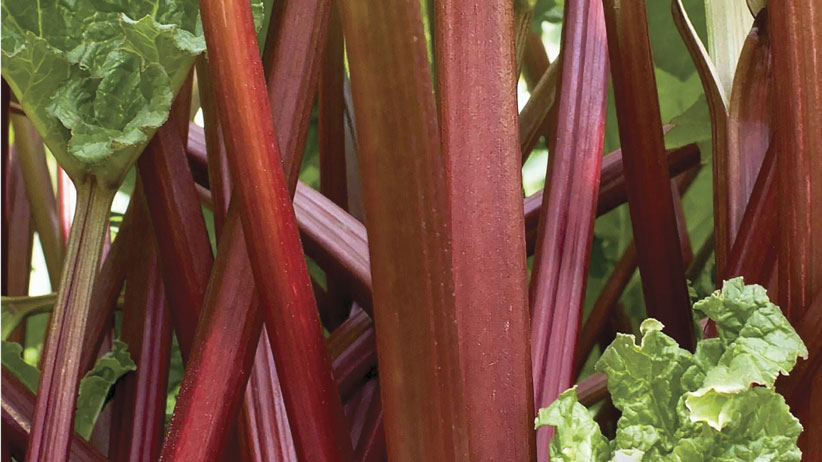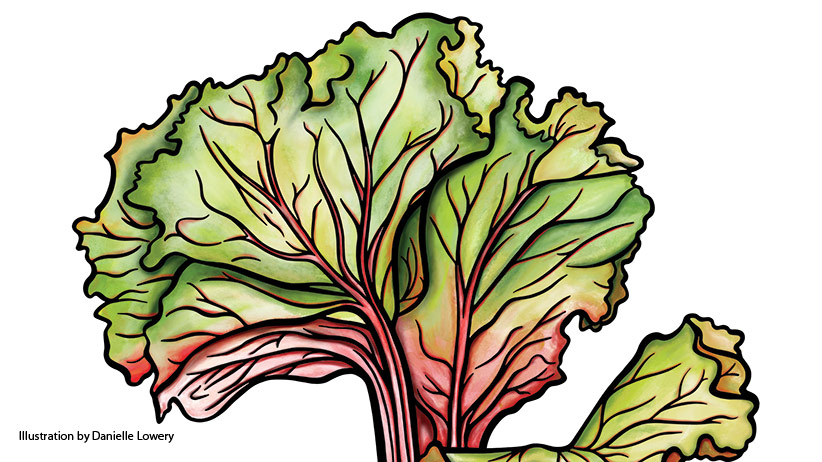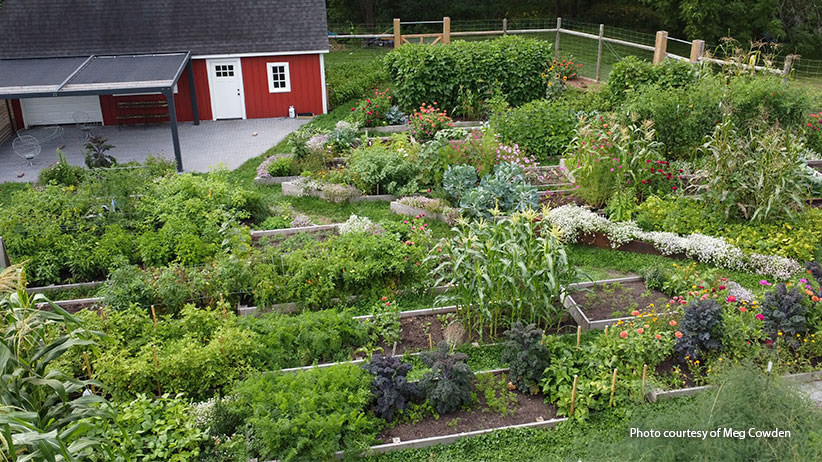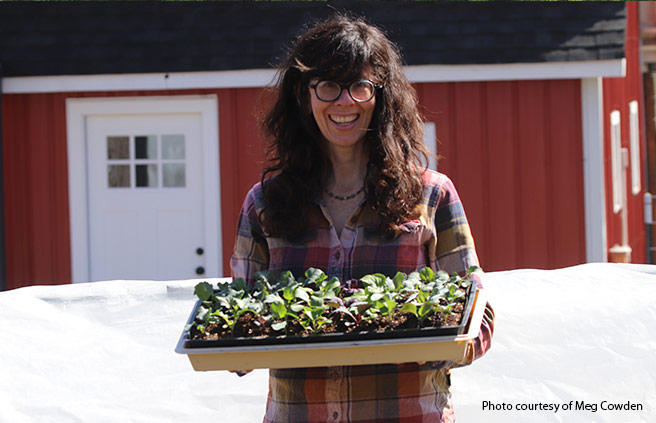
Grow vegetables you can also preserve
Meg Cowden’s spends a lot of time in her Minnesota vegetable garden. Using a variety of succession planting techniques, her goal is to grow enough food to feed and preserve for her family. Learn about how she maximizes her harvest with succession planting. Meg plants a variety of vegetables in her garden every season and I asked her to share a few plants that she loves to grow, eat and preserve from her garden each year. Read on for some of her recommendations.
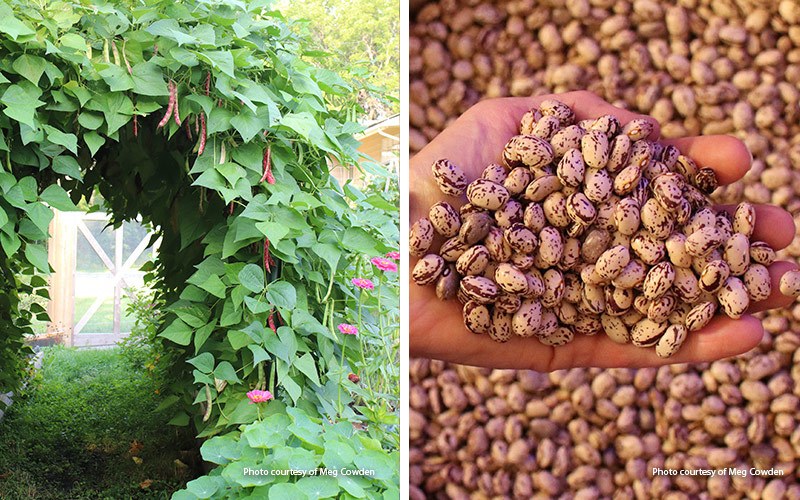
Cranberry bean (Phaseolus vulgaris)
Cranberry bean is a stunning multi-purposed dry bean. Seeds can be sown every 2 weeks from early spring to midsummer for a continual harvest. This variety is a mix between a bush bean and a pole bean: Plants don’t have tendrils to climb trellises, but they grow up to 6 feet tall and will need to be staked using a trellis like the one above for support. Just guide the beans up your desired structure.
Cranberry beans are typically grown as a shelling bean, they can also be harvested immature and eaten fresh as a string bean. For drying and storage for later use, allow the pods to turn brown on the plant. Cranberry beans mature in 70 to 80 days.
Seed Source: Territorial Seed Company, 800-626-0866
You Might Also Like:
How to Grow Radishes
Vegetable Garden Planting Plan
Calculate How Many Vegetables to Plant
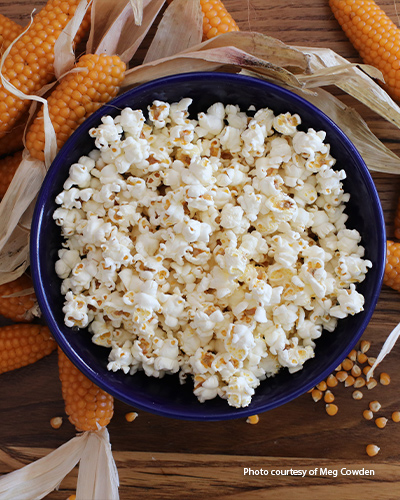
‘Tom Thumb’ corn (Zea mays)
Meg describes ‘Tom Thumb’ corn as an “adorable, fun and easy-to-grow crop that is smaller in size and matures quickly.” ‘Tom Thumb’ grows only 3 feet tall and produces a classic yellow kernel. These plants need full sun; fertile, well-draining soil, and lots of water! Seeds can be directly sown in the garden after the danger of frost has passed, and plants mature in 84 days.
If you grow both sweet corn and popcorn, make sure they tassel at different times, or grow the types at least 250 feet apart. Otherwise, they may cross pollinate and the sweet corn probably won’t taste as good. To harvest the popcorn, let the husks dry on the stalks, then pull them and let them sit in the pantry for a few months before popping the kernels.
Seed Source: Seed Savers Exchange, 563-382-5990

‘Amarillo’ aji pepper (Capsicum baccatum)
‘Amarillo’ is a Peruvian yellow chile pepper with a vibrant orange-yellow skin and fruity flavor as well as sweet, slightly tart and tropical hints. But it also packs on the heat! ‘Amarillo’ is great fresh from the garden, roasted or can even be dried and ground into a spice to use later.
The fruit is 4 to 5 inches long and takes about 120 days to mature, so sow seeds early indoors before you transplant them into the garden. These plants can grow up to 5 feet tall and become top heavy: Stake them early for extra support. ‘Amarillo’ can tolerate slightly alkaline soil but grows best in full sun in a neutral soil. Keep plants well watered throughout the growing season.
Seed Source: Pepper Joe’s, 888-660-2276
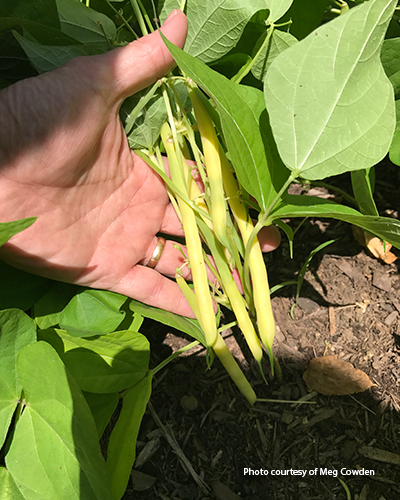
‘Goldrush’ wax bean (Phaseolus vulgaris)
Growing up to 3 feet tall and 1 foot wide, this wax bean variety has straight, tender golden- yellow 5-inch-long pods. The beans are super easy to harvest and can be preserved by freezing or canning.
This variety takes about 54 days to mature, making them great for repeat sowing from late spring to midsummer for a few harvests throughout the growing season. Plant these in full sun and well-draining soil for best results. This variety is disease-resistant to bean mosaic and curly top viruses.
Seed Source: John Scheepers Kitchen Garden Seeds, 860-567-6086
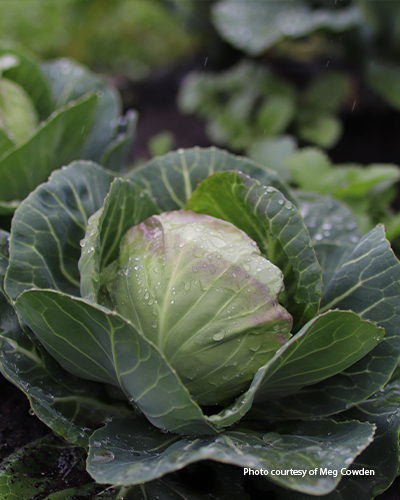
Tiara’ cabbage (Brassica oleracea)
A single mini ‘Tiara’ cabbage is the perfect size for feeding Meg’s family of four. It produces small 1- to 3-pound heads that are tender, sweet, crisp and juicy. ‘Tiara’ prefers growing in the cooler weather of spring and fall, and this early maturing variety is great for gardeners looking to extend their growing season and get more out of their space.
‘Tiara’ requires consistent moisture for best results, but to prevent fungal disease, try to avoid overhead watering; wet foliage is a breeding ground for diseases. It is great fresh as coleslaw and in salads or canned and preserved as sauerkraut. Seeds can be started indoors as transplants or sown directly into the garden. This variety takes 50 to 60 days to mature.
Seed Source Johnny’s Selected Seeds, 877-564-6697
You Might Also Like:
Cool-Season Vegetables to Plant in Fall
8 Vegetable Garden Mistakes to Avoid
Gardening and Marriage










